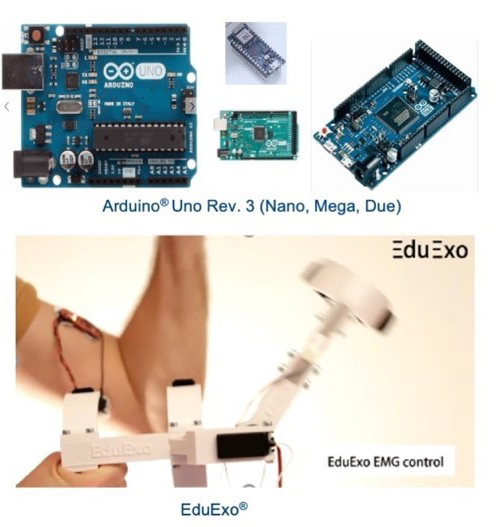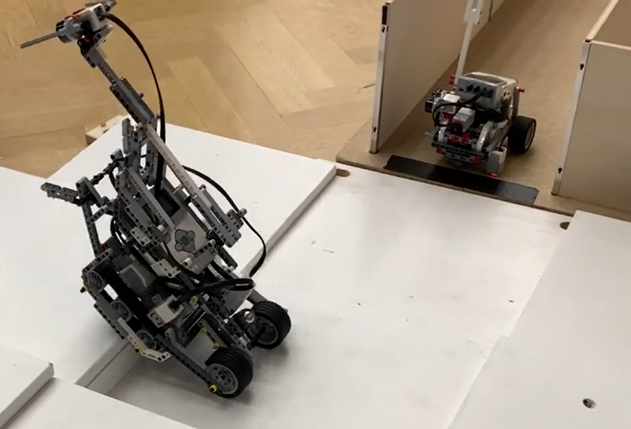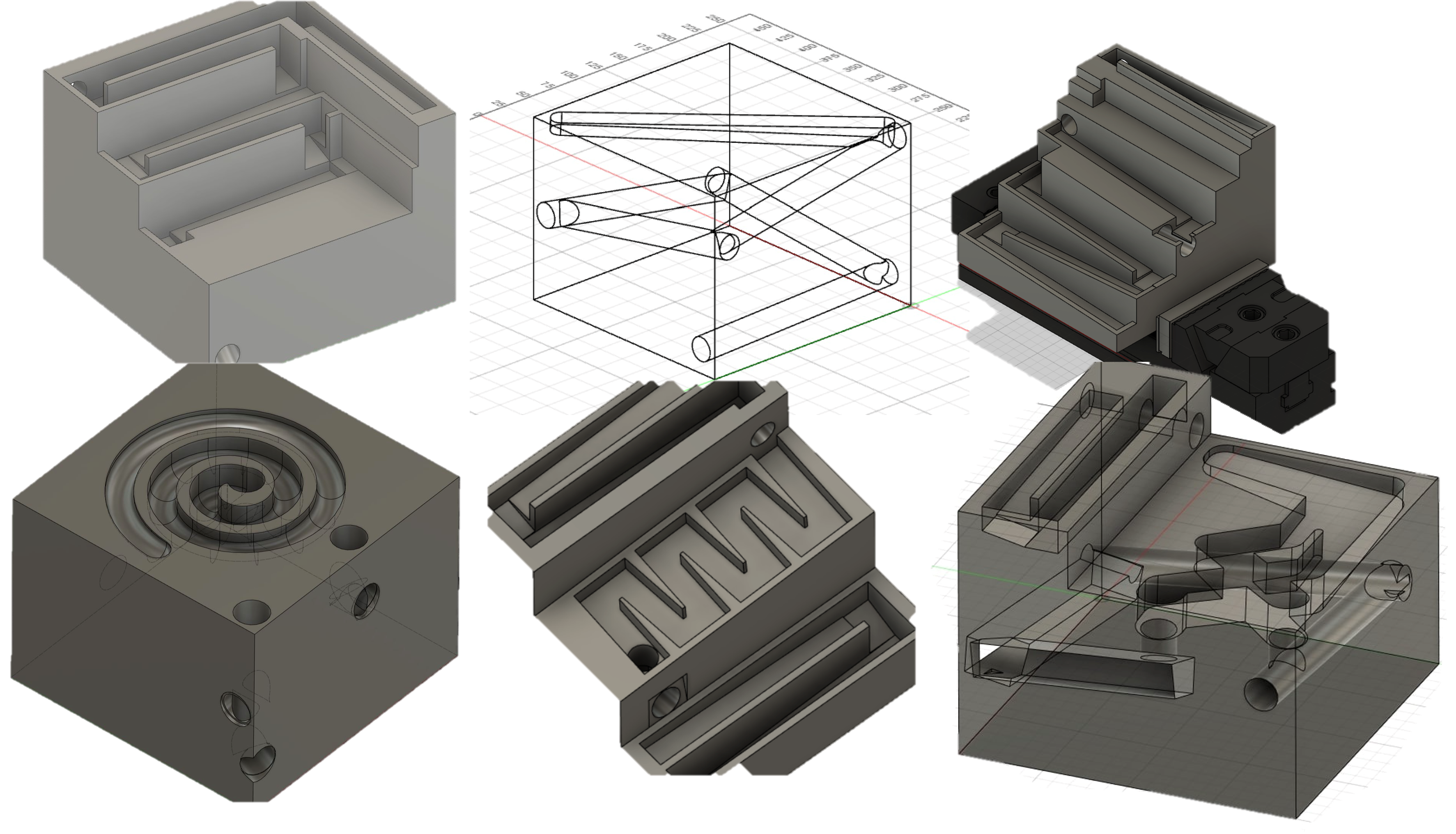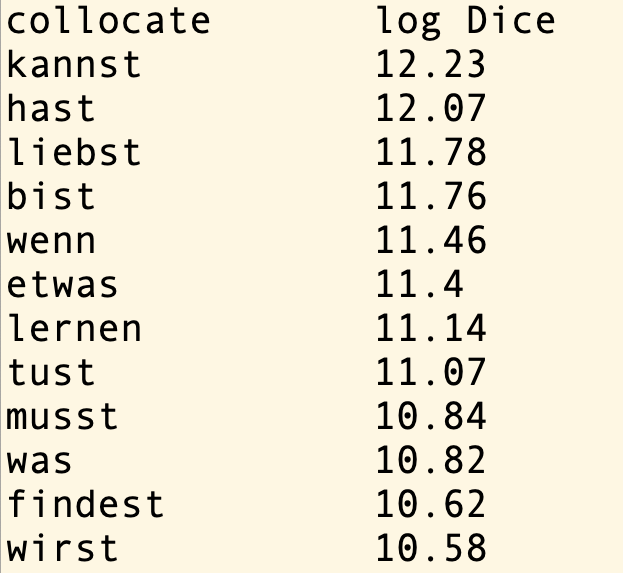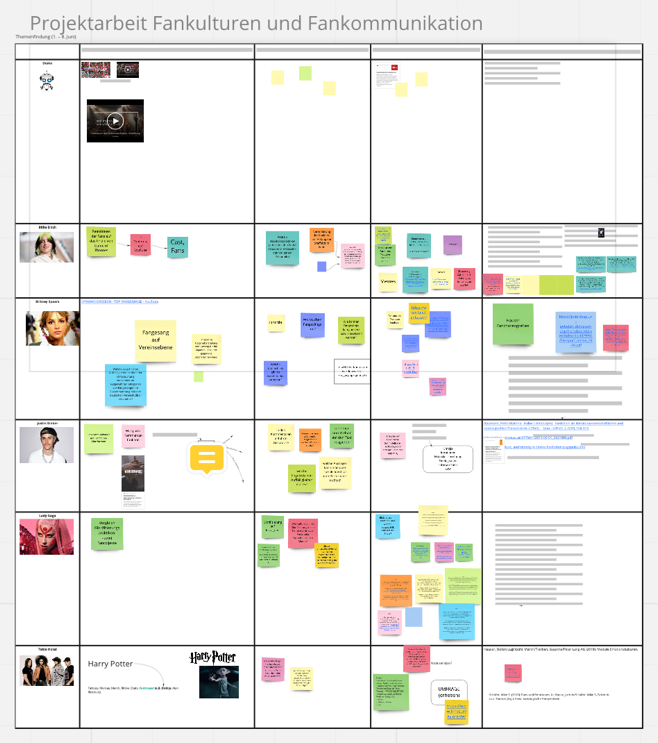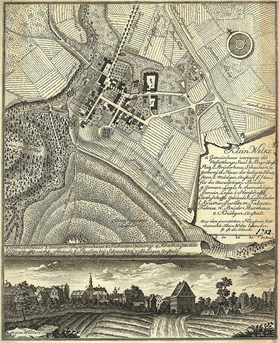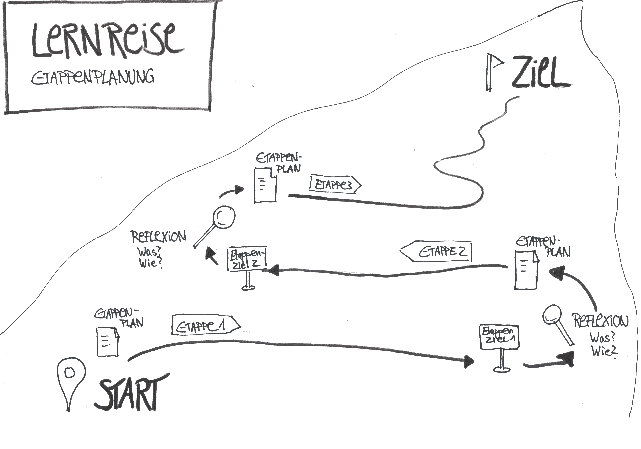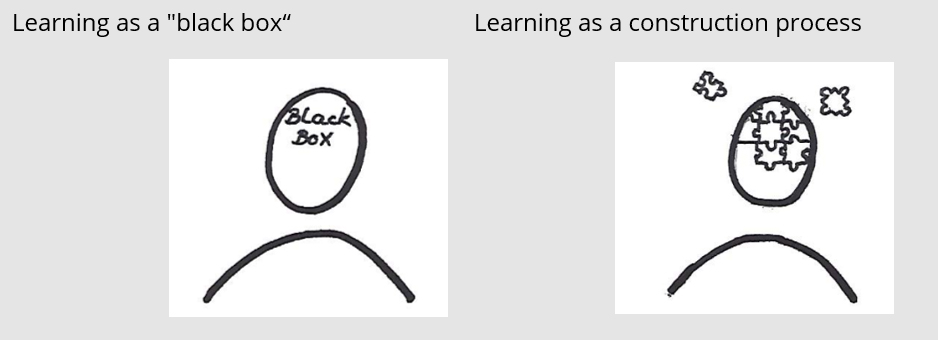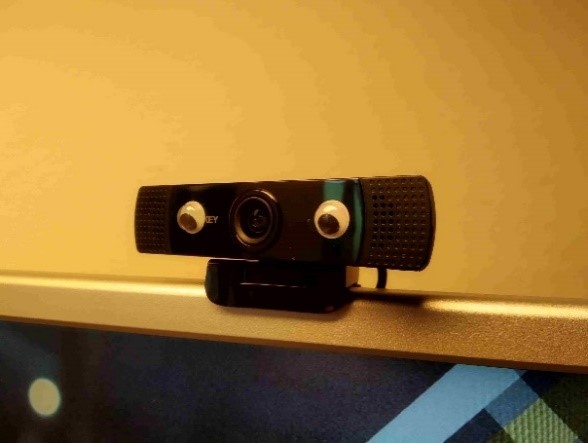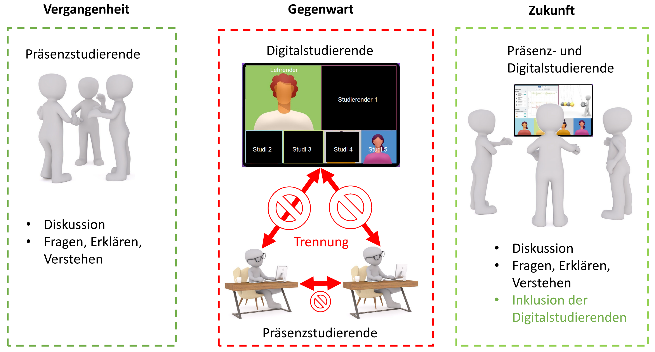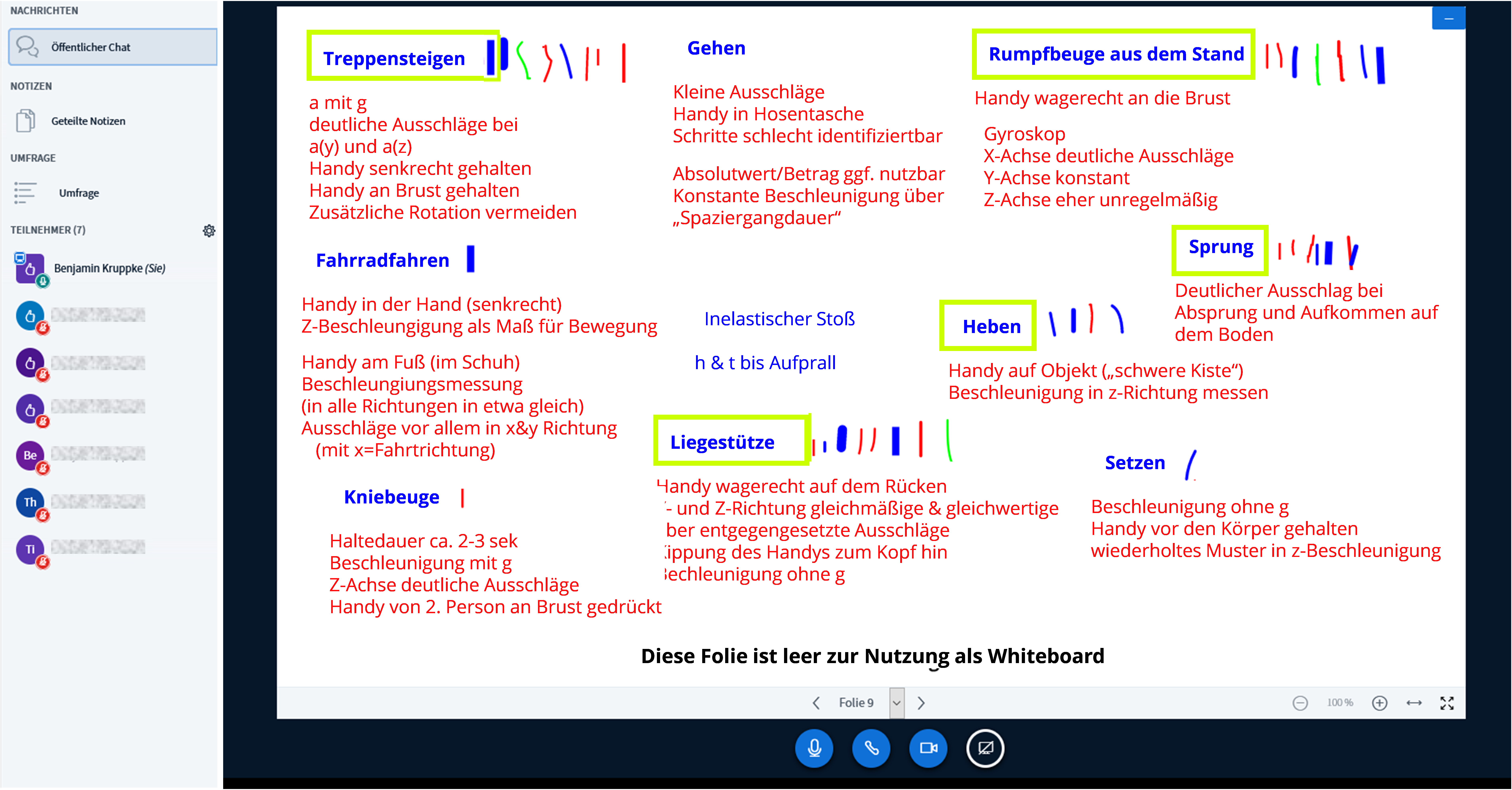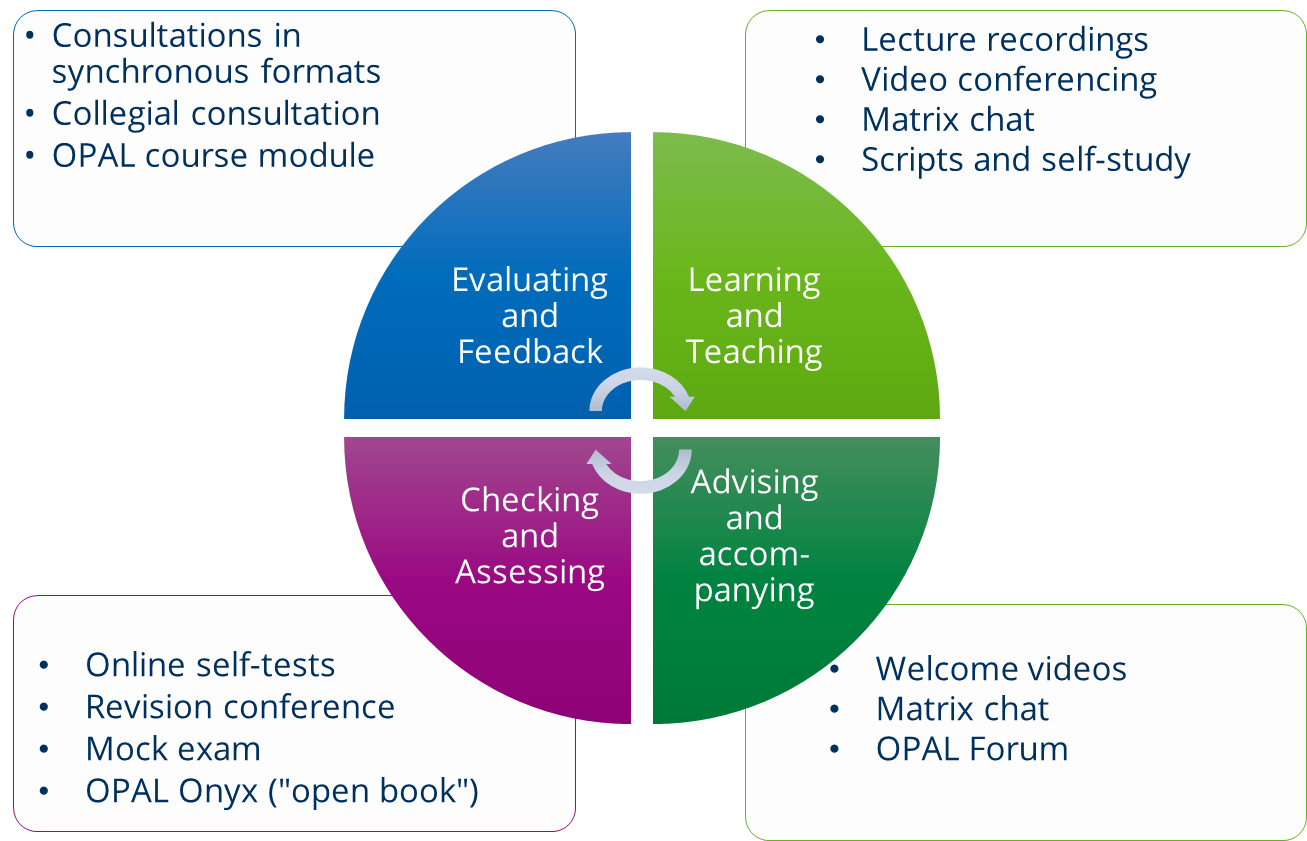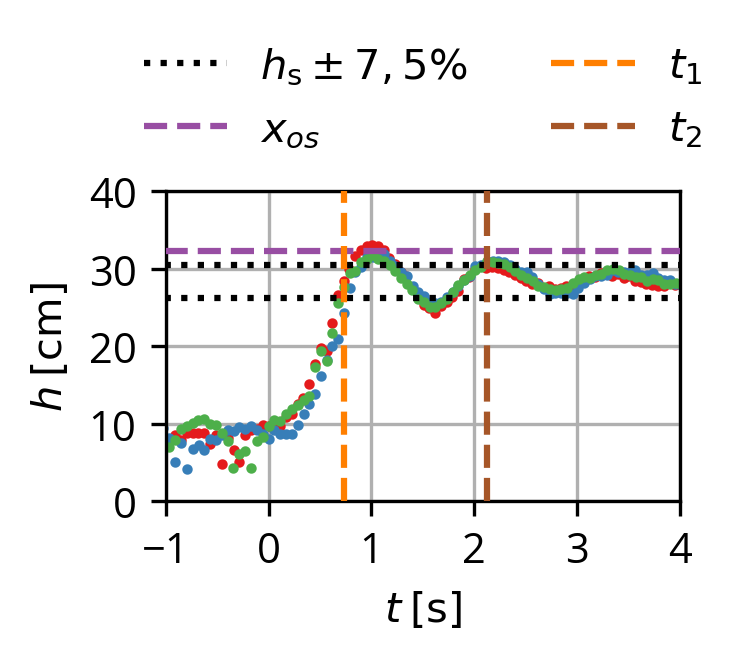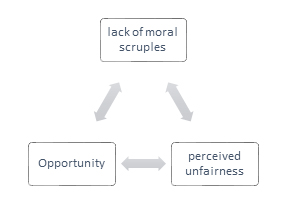Vol. 2 No. 1 (2022): Lessons Learned

Editorial
When the third Lessons Learned Conference was held at TU Dresden in fall of 2021, it was unclear not only in Dresden but at many universities in Germany what form the winter semester would take. The only certainty was that there would be no complete return to the form of teaching that had existed before the pandemic. Therefore, the teachers had the complex task of preparing for a semester that would either take place in the already known purely digital form or alternatively could be designed as a hybrid semester.
It had already become clear during the preparation of the semester that the implementation of a hybrid form would be accompanied by extreme additional technical and personnel burdens. At the same time, it was clear to all teachers that the enrollment of a further year in a purely digital form of university teaching after two years of pandemic and thus for the affected freshmen after two years of digital school structure would lead to considerable structural as well as learning and teaching difficulties.
In this area of tension and against the background that the staff members at the chairs were fatigued by the immense additional workload of the digital semesters, numerous complex and essential questions arose that had to be discussed during the conference. Accordingly, this third issue of the Lessons Learned Journal will naturally report on new developments in teaching formats, but will also address the question of the extent to which the newly developed formats from the digital era can be embedded in hybrid structures, if necessary. Thus, this issue of the journal comes very close to the original intention of the Lessons Learned Conferences and thus also of the Lessons Learned Journal, namely the question to what extent novel teaching structures can find their way into the further development of teaching after the pandemic. With this transition from purely digital structures to structures that combine presence, digital elements and novel teaching formats, the modernization process of teaching at universities will continue and be raised to a new level.
At the time of this issue's publication, most of the 2022 summer semester is behind us. After the pandemic, this was the first semester in which most universities in Germany were able to return to largely face-to-face teaching. Thus, the academic exchange between learners and between learners and teachers could be improved again. The fourth Lessons Learned Conference and thus the following issue of the Journal in fall will show for the first time to what extent the newly developed teaching formats have really found their way into regular teaching.
However, the return to face-to-face teaching in no way means that the modernization process that was initiated is over or even obsolete. On the contrary, the momentum of the past two years must now be used to vigorously drive forward, consolidate and evaluate the process of modernizing university teaching that has already begun.
With this in mind, we hope that reading the third issue of the Lessons Learned Journal will provide you with many ideas for shaping your teaching, and we look forward to the fourth Lessons Learned Conference and the fourth issue of the Journal planned for fall.
Stefan Odenbach

